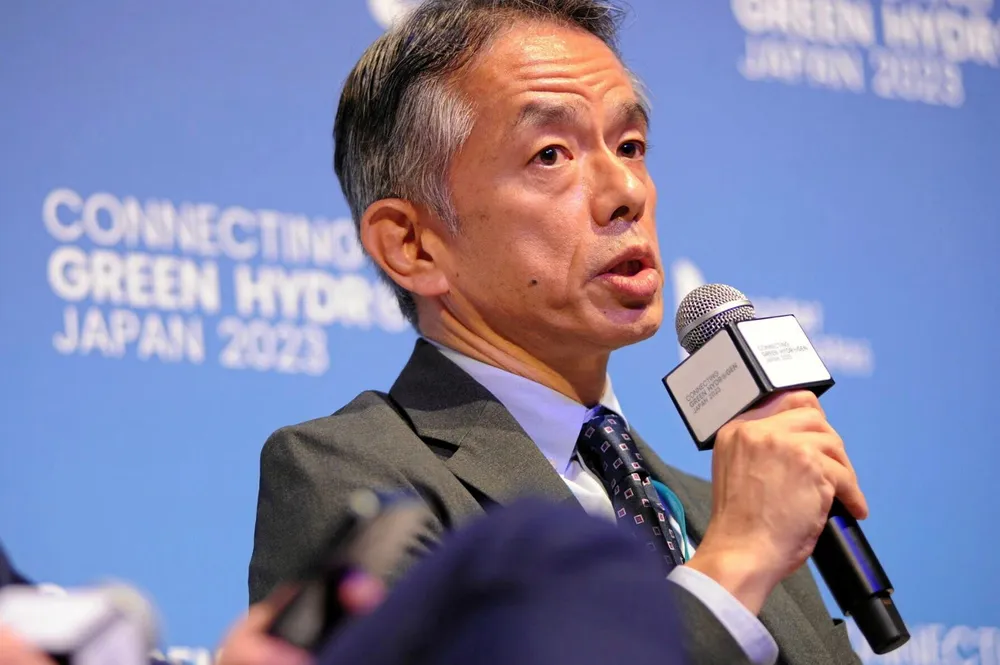Japan’s power sector will be 'first' to offtake hydrogen and ammonia — but why?
The industry is continuing to push co-firing in gas- and coal-fired power plants despite criticism around effectiveness for decarbonisation

The industry is continuing to push co-firing in gas- and coal-fired power plants despite criticism around effectiveness for decarbonisation
